Alan Titchmarsh: Of all the fragrant plants in my garden, this is the one I most look forward to enjoying
The gardener, writer and broadcaster Alan Titchmarsh shares his favourite flowers for early in the season — including one with a simply unbeatable fragrance.

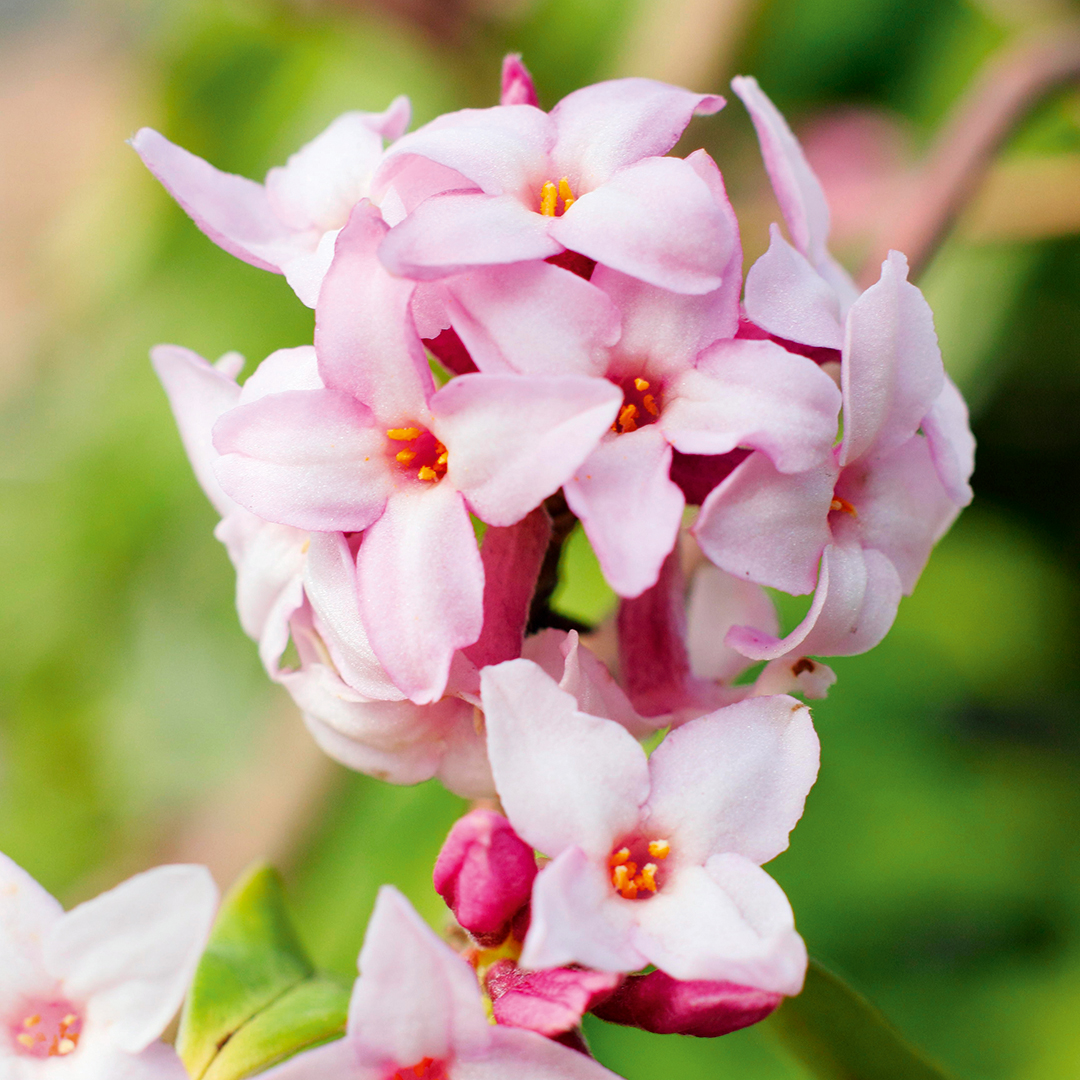
If ‘apple pie without the cheese is like a kiss without a squeeze’ then a garden replete with form and colour, but devoid of fragrance, is only half the garden it should be. With certain plants, the presence of perfume is a given: who would acquire a scentless rose in preference to one with a heady fragrance, however beautiful the flower? At this time of year, ‘attar of roses’ is a far-off dream — well, three months at any rate. But there are other plants willing to steal a march on the roses, even if the chilly air of early spring can make it harder to detect their fragrance.
Witch-hazel flowers are beginning to shrivel, but when those spiders unfurl in January and February, the gardener who had invested in them for their much-vaunted perfume might have been disappointed that the aroma did not dance on the air in front of their expectant nose. The secret is to warm the flowers up a little and the way to do that is to exhale slowly on them through the mouth and then breathe in immediately through the nose. The citrus tang is released as if by magic, due to the instant rise in temperature. I should sound a word of warning: the purity of the witch hazel’s perfume is compromised if you had a garlic-laden meal the night before.
Certain snowdrops, such as ‘S. Arnott’, ‘Atkinsii’ and ‘James Backhouse’, have the scent of honey. The trouble is that to discover this involves you crawling on all fours in a damp winter garden to check its presence. When the flowers are cut and brought indoors, the sensation is much more pleasant and the perfume — if not the flowers’ durability — is enhanced by the presence of central heating.
Those dwarf bulbous irises — varieties of Iris reticulata — have a delicate fragrance that is best enjoyed when they are grown in pots and brought indoors at flowering time, otherwise their blooms languish at the same height as snowdrops, beyond the sniffing distance of a less agile gardener.
"Daphne will flower over a period of weeks and a daily journey down the garden to enjoy it is impossible to resist."
So far, so tricky. What about plants that assail you with their fragrance when you least expect it? Top of the list here must be the Christmas box, sarcococca, whether you plump for S. humilis, S. confusa or S. hookeriana ‘Digyna’. You are strolling through the garden on a January day and… wow! What is that perfume? You look about you. There is no obvious flower that could be the source, merely a waist-high, insignificant evergreen shrub with glossy, oval leaves. Yet, there is nothing else in the vicinity. You bend down to take a closer look and notice that its stems are closely packed with greenish-white whiskery flowers. A single sniff reveals the source of your pleasure. As my father would have no doubt remarked, sarcococca was not on the front row when looks were given out, but it compensates by delighting us in ways that other plants cannot at a rather lean time of year. That fragrance will persist well into February — the advantage of blooming at a chilly time of year is that the cold extends the flowering season far longer than if temperatures were balmy and the sun scorching the earth.
My greatest pleasure this spring has come from an evergreen shrub that is both showy and powerfully fragrant. I planted Daphne bholua ‘Peter Smithers’ a good 10 years ago now and it has made a tall, narrow shrub about 9ft high by 5ft across. In early spring, it is wreathed in clusters of starry, pale-pink flowers — rosy crimson in the bud — that have the most heavenly scent. They are easily reached with my nostrils — I can lean into the plant, inhale and reel at the pleasure. Daphne will flower over a period of weeks and a daily journey down the garden to enjoy it is impossible to resist.
That great plantsman Sir Peter Smithers discovered a range of seedlings in Nepal (its common name is the Nepalese paper plant, because its fibres are used in paper manufacture in its native country) and, together with other named cultivars, it has become a firm favourite in British gardens. The variety ‘Jacqueline Postill’ is more commonly found and slightly lower growing at 6ft, if Sir Peter’s height will put you off. It should not. Of all the fragrant plants in my garden, it is the one I most look forward to enjoying and the one that, at a time of year when olfactory pleasures are still thin on the ground, I appreciate more than words can say.
Exquisite houses, the beauty of Nature, and how to get the most from your life, straight to your inbox.
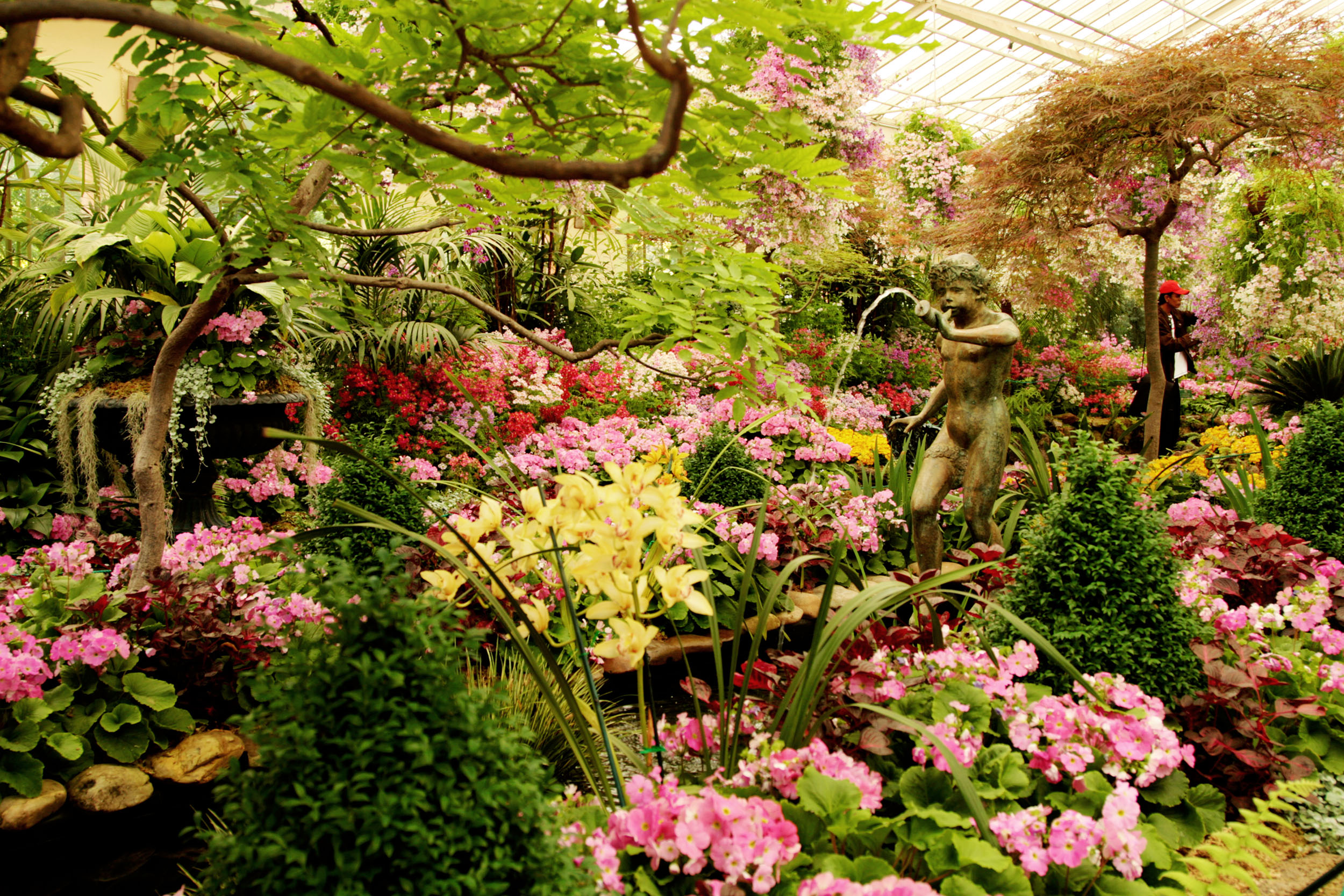
Credit: Moment Editorial/Getty
Alan Titchmarsh: Why I've decided that life's too short to keep growing the same old things in my greenhouse
Alan Titchmarsh's greenhouse has become a bit predictable – but he's now got big plans to mix things up.
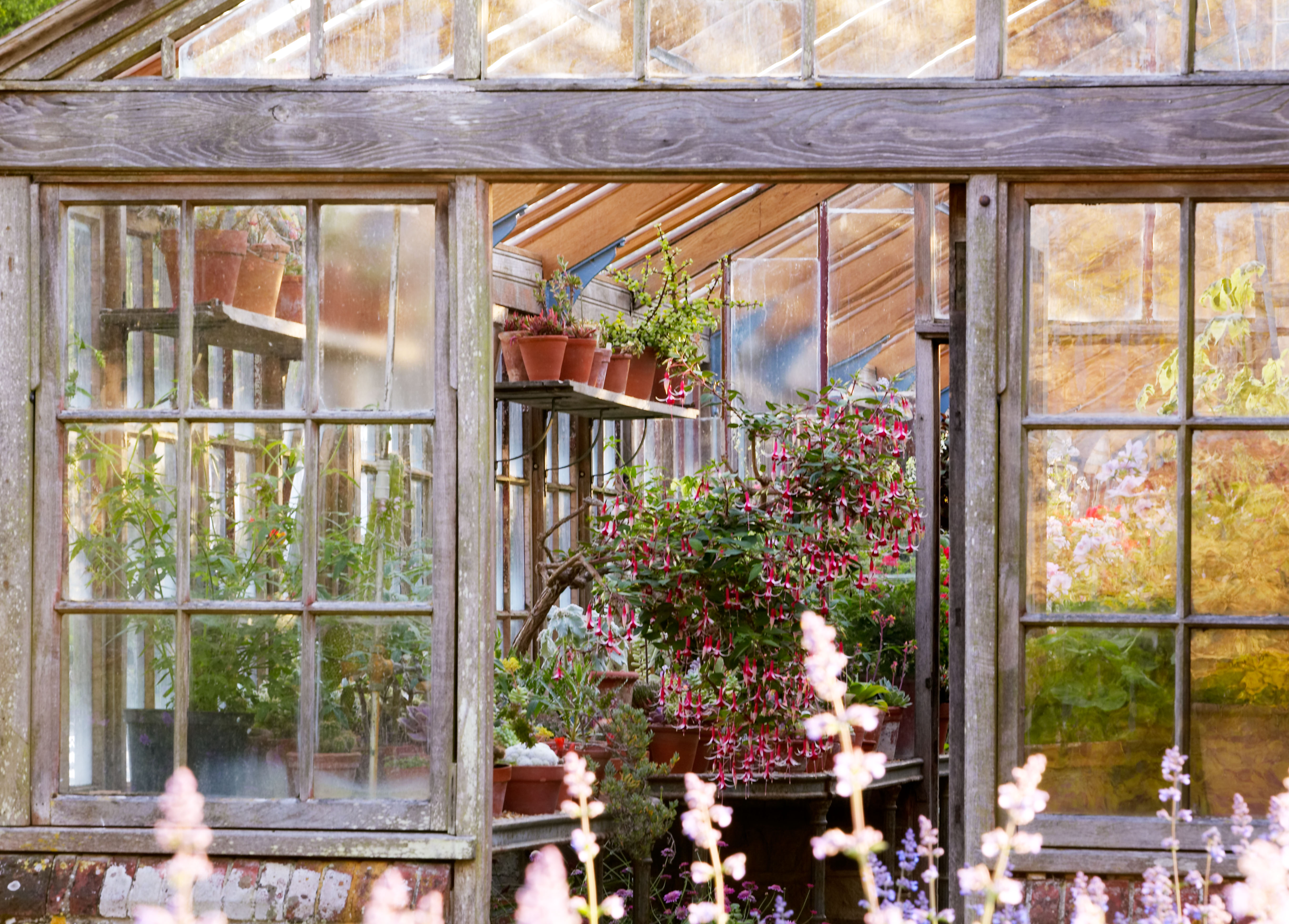
Credit: Alamy
Alan Titchmarsh: How to master the fine art of pottering
As time opens up for all of us to spend more time in the garden, Alan Titchmarsh offers his tips
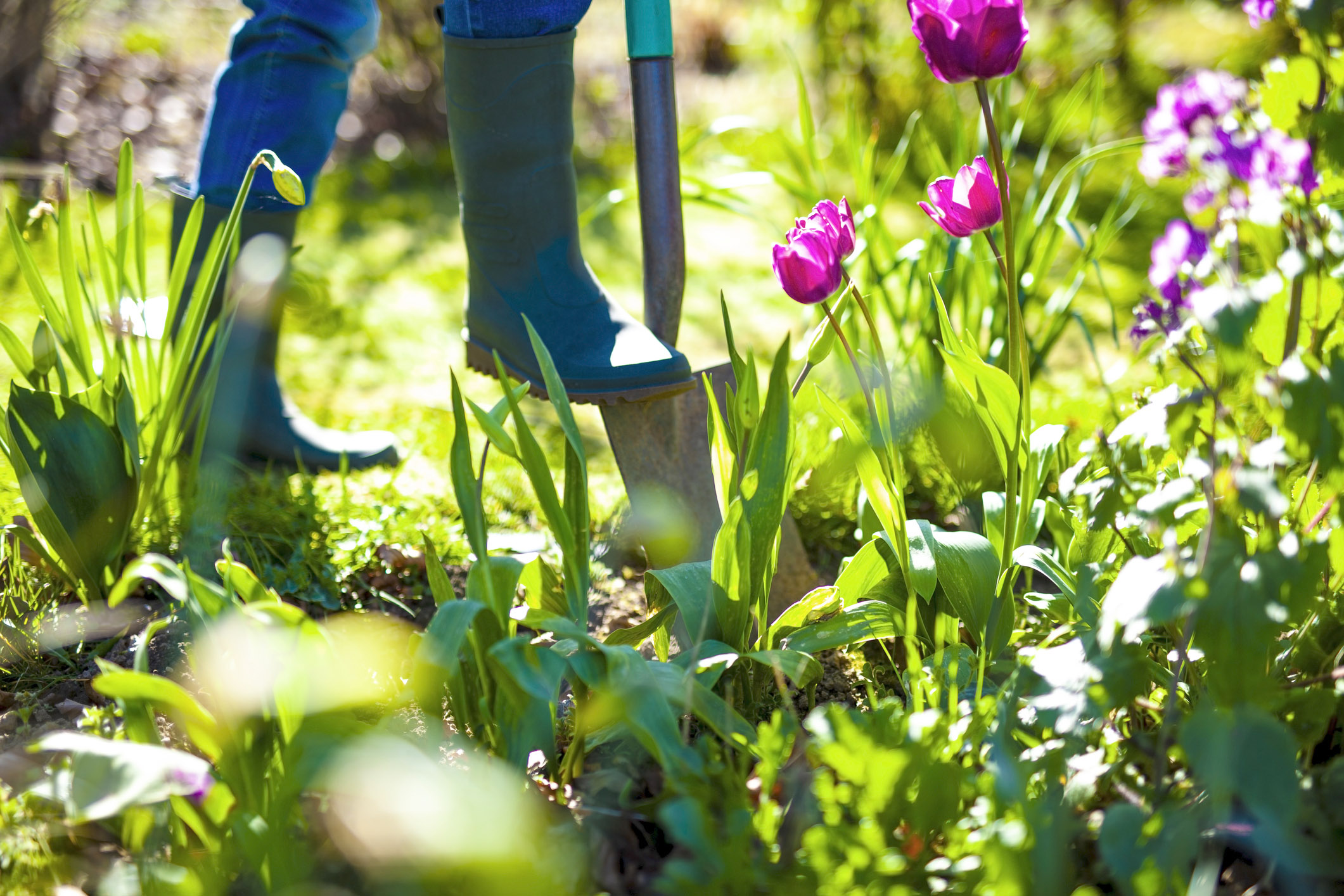
Credit: Getty
Alan Titchmarsh: Why I relish the worst jobs in gardening
Alan Titchmarsh admits that it's not just gardening's most challenging tasks, but also its the mundane chores that 'give me
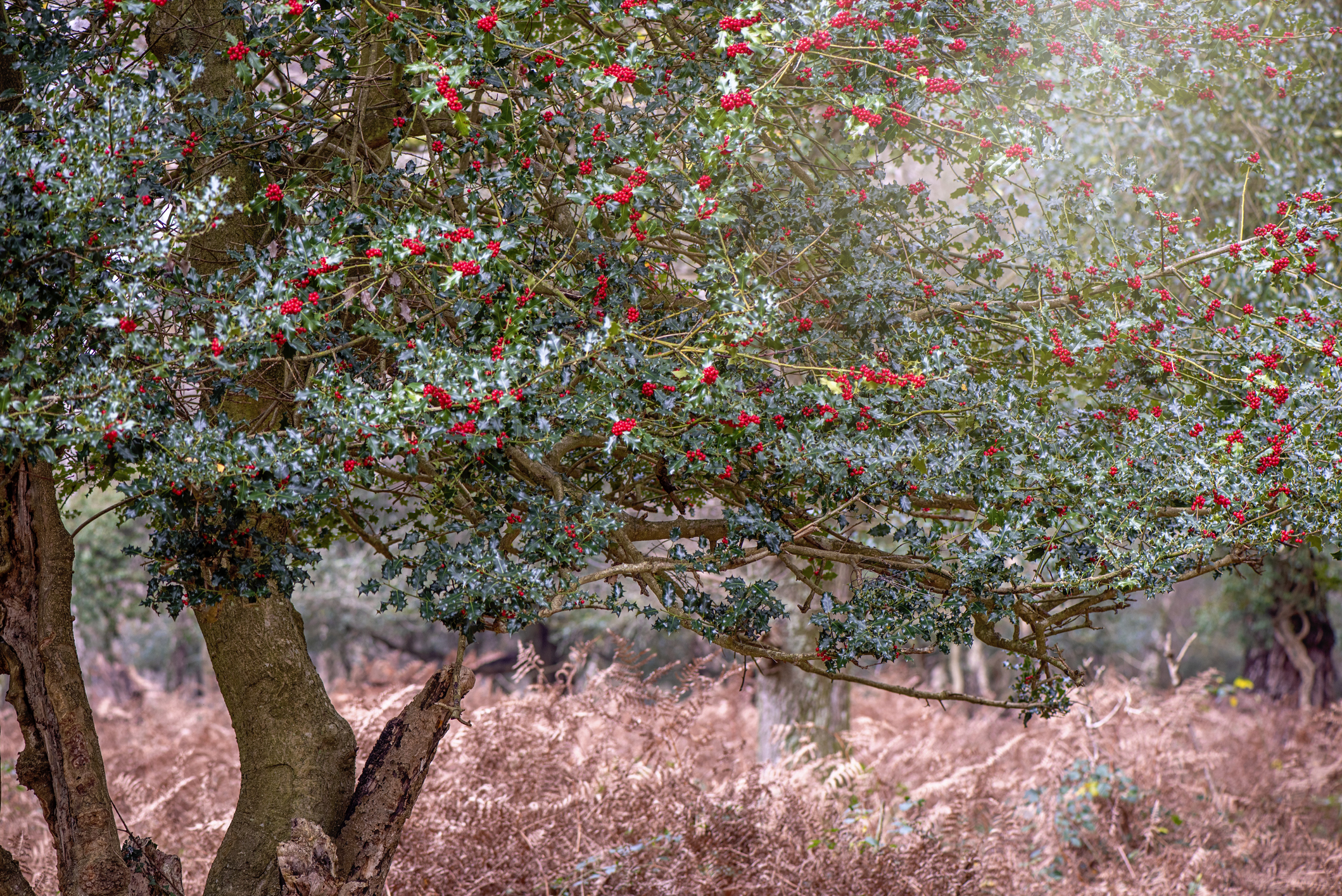
Credit: Jacky Parker / Getty
Alan Titchmarsh: 'Only God’s earth — in the garden and the countryside — is capable of coming up with the goods with reliability equal to that of St Nicholas'
Alan Titchmarsh's Christmas column looks at all the plants of the festive season.
Alan Titchmarsh is a gardener, writer, novelist and broadcaster.
